K-Pet Tablets
K-PET Tablets are uncoated tablets containing 200 mg of ketoconazole. Ketoconazole is a synthetic imidazole antifungal agent.
Description
K-PET Tablets
Ketoconazole Tablets IP 200 mg
Manufactured by: SAVA VET / SAVA Healthcare Limited
Doses form: Tablets
Presentation:
Strip of 10 chewable tablets
Ingredients & Composition:
Each uncoated tablet contains:
Ketoconazole IP 200 mg
Excipients q.s.
Description / Action:
K-PET Tablets are uncoated tablets containing 200 mg of ketoconazole. Ketoconazole is a synthetic imidazole antifungal agent. The full chemical name for ketoconazole is 1-[4-(4-([(2R 4S)-2-(2,4-Dichlorophenyl)-2-(1H-imidazol-1-ylmethyl)-1,3-dioxolan-4- yl]methoxy)phenyl)piperazin-1-yl]ethan-1-one.
Pharmacodynamics:
Ketoconazole blocks the synthesis of ergosterol, a key component of the fungal cell membrane, through the inhibition of cytochrome P-450-dependent enzyme lanosterol 14-alpha-demethylase responsible for the conversion of lanosterol to ergosterol in the fungal cell membrane. This results in an accumulation of methylated sterol precursors and a depletion of ergosterol within the cell membrane thus weakening the structure and function of the fungal cell membrane.
Pharmacokinetics:
Ketoconazole is well absorbed orally in an acidic environment. Ketoconazole is highly protein-bound (>98%) and therefore does not penetrate into the cerebrospinal, seminal, or ocular fluid to a significant degree, although it is found in mother’s milk. It distributes throughout the skin and subcutaneous tissue, making it effective for the treatment of superficial and systemic fungal skin infections.
The drug demonstrates nonlinear absorption and elimination kinetics, most probably due to the saturation of metabolizing enzymes. It is biotransformed in the liver via O-dealkylation and aromatic hydroxylation and excreted mainly in the bile. Elimination half-life is approximately 2 hours in dogs.
Microbiology:
Ketoconazole is most effective against yeast and dimorphic fungi such as Candida, Malassezia pachydermatis, Coccidioides immitis, Histoplasma capsulatum and Blastomyces dermatitidis, as well as most dermatophytes with MIC values less than 0.5 µg/ml. It is less effective against Cryptococcus neoformans, S. schenckii, and Aspergillus spp., with MIC values varying from 6 to >100 µg/ml.
Class: Antifungal
Indication / Uses:
Ketoconazole has been used to treat several fungal infections like in dogs, and cats, and can also be used in other small species.
It is used for systemic mycoses, including Dermatophytosis (Ringworm), Malassezia dermatitis, Aspergillosis, Cryptococcosis, Coccidioidomycosis, Histoplasmosis, and Blastomycosis in dogs and cats; also used as an alternative treatment of hyperadrenocorticism in dogs.
Dosage and administration:
For Dogs: The recommended oral dose range is 5-15 mg/kg twice a day (give with food).
For Cats: The recommended oral dose range is 5-10 mg/kg twice a day (give with food).
Ketoconazole is absorbed into the body best when it is given with food.
The dosage should be chosen based on the clinical condition of the dog/cat. The effects of the treatment may not be seen for one or two weeks, and the treatment duration may extend for several months.
Route: oral administration
Species: Dogs and cats
Over-dosage / Side effects / Contraindications /Warnings:
It is advised not to use the medication in animals with liver disease, clotting problems and those allergic to the ketoconazole.
The most commonly observed side effects include vomiting, diarrhea, nausea, lethargy, itching, inflammation and loss of appetite. These may be reduced by giving ketoconazole with food or by dividing the dose into several smaller doses. If nausea is severe, it should resolve with discontinuation of the medication.
Side effects may also occur like liver damage and blood disorders.
Ketoconazole interferes with testicular secretion of testosterone and may produce a feminizing effect in males.
Drug Interactions:
Ketoconazole may increase the levels of some drugs which include Benzodiazepines (midazolam, triazolam), Calcium-channel blocking agents (amlodipine, verapamil), Cisapride, Cyclosporine, Ivermectin, Digoxin, Fentanyl/Alfentanil, Vincristine/Vinblastine, Warfarin, Sulfonylurea Antidiabetic Agents (e.g., glipizide, glyburide), Rifampin and Quinidine. Ketoconazole may reduce the metabolism of some drugs which include Corticosteroids, Cyclophosphamide, Antidepressants, and Tricyclic (amitriptyline, clomipramine). Antacids, H2-blockers (ranitidine, famotidine, etc.), Proton-pump inhibitors (omeprazole, etc.) and Sucralfate may reduce oral absorption of ketoconazole. Macrolide antibiotics (erythromycin, clarithromycin) may increase levels of ketoconazole. Ketoconazole may inhibit levels of Mitotane, phenytoin, and Isoniazid.
Pharmaceutical precautions / Instructions:
Store protected from light & moisture, at a temperature not exceeding 30°C. Keep this drug out of the reach of children.
Veterinary. Not for human use. For treatment of dogs & cats only.
Safety: Age / Pregnancy/ Withdrawal:
Do not use K-PET Tablets in pregnant or lactating dogs or cats. Ketoconazole has potential to cause birth defects.
Substitute: Petorak-K Tablets, Ketopet Tablets,
Only logged in customers who have purchased this product may leave a review.


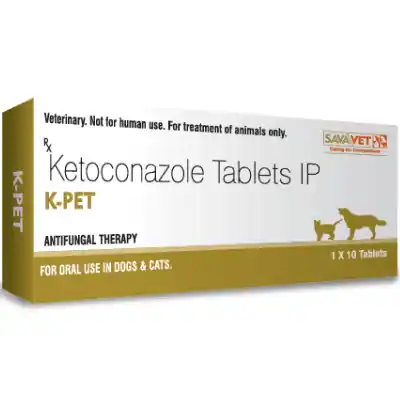
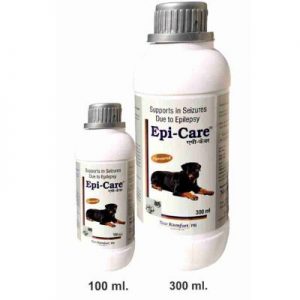
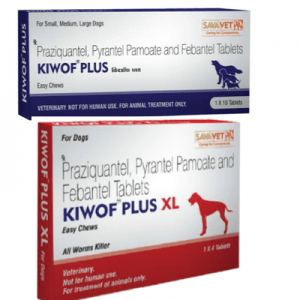
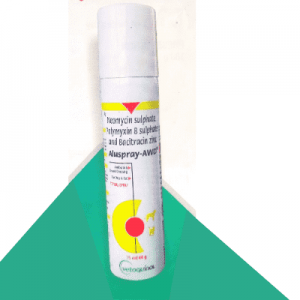
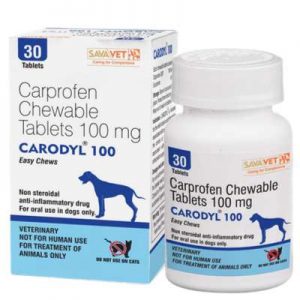
Reviews
There are no reviews yet.